What can an interfaith love story from an India in another time teach us today? That, in order to get married, it is enough to be in love; that families might not only not object but welcome such a union; that far from being a hurdle to this type of marriage, the state can actually be an enabler. If all of these seem self-evident, consider the quickness and frequency with which the term “love jihad” is invoked in the context of interfaith romances today. Consider also the speed with which states around the country are passing laws that — in effect, if not in actual words — render interfaith marriages impossible. And then consider the marriage at the heart of Seema Chishti’s Sumitra and Anees: Tales and Recipes from a Khichdi Family, where a man and woman — despite the gulf of religion and culture between them — chose to spend the rest of their lives together.
Of course, neither the story nor the India in which it unfolded are quite so uncomplicated. When Sumitra and Anees solemnised their marriage in a nikah ceremony in Delhi, perhaps, in some other part of India, another couple — also from similarly dissimilar backgrounds — found the going a lot tougher. Perhaps, they couldn’t even speak of their love, fearing the wrath of their families or community. But that is precisely the point of Sumitra and Anees — that, despite the existence of such a taboo, breaking it remained a heart-thumping, adrenaline-pumping possibility. Contrast this with today’s India, when this possibility seems to be on life support and the prognosis looks dire. In the introduction, Chishti spells out her reasons for writing this book, divulging details about her parents’ relationship that “they would have baulked at sharing publicly when alive”: “Only because it is important to speak today of the world that was possible in India, where the idea of India was not just an ‘idea’ idea, but a lived reality. Even if part of the larger, sometimes ugly and broken, mosaic of what constituted how India lived, Anees and Sumitra’s kitchen, home, life and ideals are an important testament.”

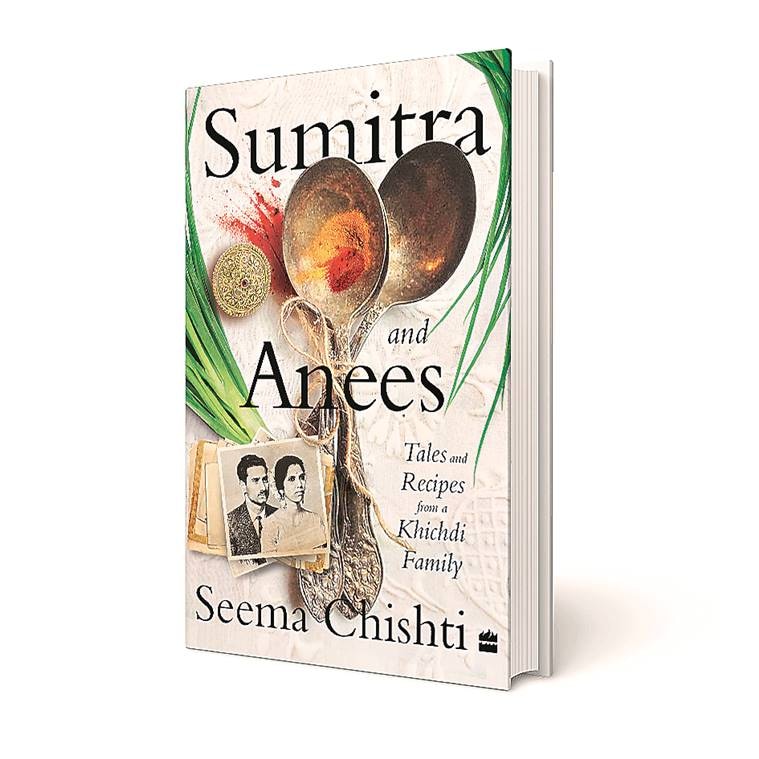 ‘Sumitra and Anees: Tales and Recipes from a Khichdi Family’ by Seema Chishti; HarperCollins; 189 pages; Rs 399 (Source: Amazon.in)
‘Sumitra and Anees: Tales and Recipes from a Khichdi Family’ by Seema Chishti; HarperCollins; 189 pages; Rs 399 (Source: Amazon.in)
The first three sections of the book show how this lived reality came to be. Born in Arsikere (part of Hassan district in Karnataka today), in 1933, to a Shaivite wife and a Vaishnavite husband — an unusual union in those days — Sumitra dreamed of education and a career from an early age. After the death of her parents, she was brought up by her large-hearted and generous older brother, the film producer D Shankar Singh who was one of the pioneering figures of Kannada cinema. Sumitra grew up familiar with the world of glamour, but her determination to pursue her ambition eventually led her to a job at the Indian Institute of Foreign Trade in Delhi, the city where she met the man she would marry.
Most Read 1Vijay: ‘There’s only one Superstar and there’s only one Thalapathy’ 2Aishwarya Rai cuts birthday cake at an event with daughter Aaradhya Bachchan, refuses to eat as she is observing Karva Chauth. Watch video 3Lokesh Kanagaraj on plans for LCU: ‘New characters will come in; Vijay Sethupathi’s Sandhanam will be replaced’ 4‘Priyanka Chopra didn’t ask for permission, my choice was Alia Bhatt’: Ma Anand Sheela on rival biopics 5Diwali 2023 Date: When is Diwali in 2023?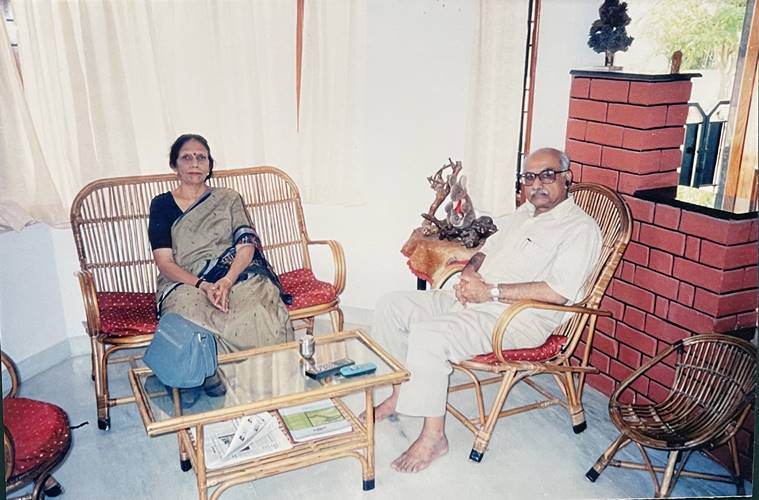 Sumitra and Anees Chishti (Credit: Courtesy HarperCollins)
Sumitra and Anees Chishti (Credit: Courtesy HarperCollins)
Anees, born in 1940 to a Syed Muslim family in Deoria, Uttar Pradesh, arrived in Delhi as a statistician employed at the Indian Agricultural Research Institute, Pusa. Since a young age, his real passion was journalism. He had developed a love for literature, poetry, sports, culture and world affairs as a student at Aligarh Muslim University, and in Delhi, he set about carving a niche for himself in the capital’s literary and journalistic space. He met Sumitra at the office of the weekly Mainstream, where they were both contributors. Their friendship blossomed into love and, eventually, marriage. But India had already started to change. Chishti writes, “Whether it was the Emergency or the tremors of the demolition of the Babri Masjid that changed India, Anees and Sumitra realised slowly that the hurdles they thought they had faced when they got together were simply genteel objections compared to what the country was now experiencing.”
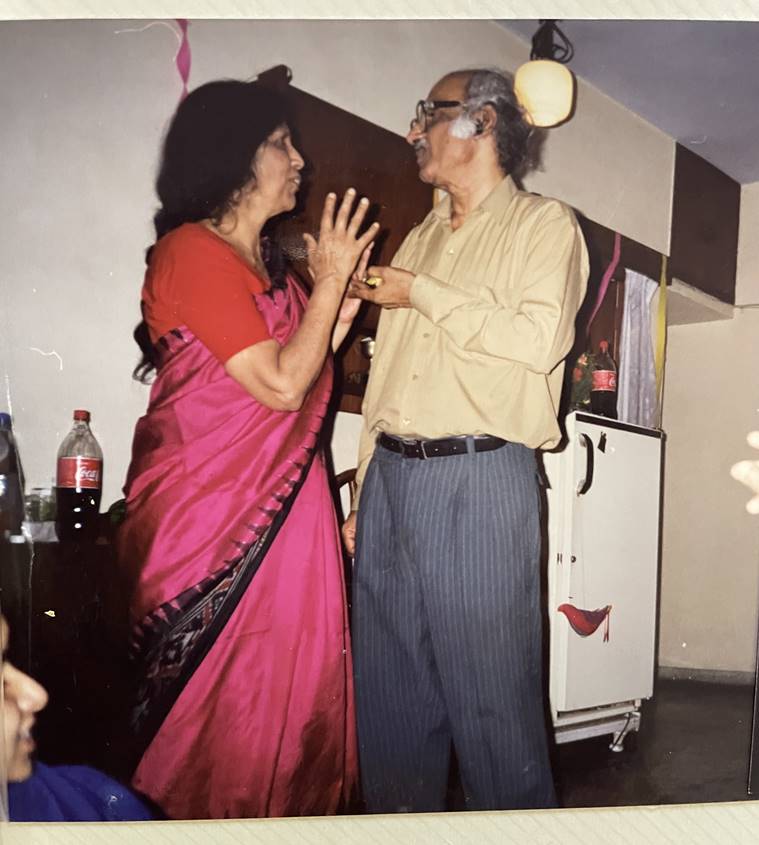 Sumitra and Anees Chishti (Credit: Courtesy HarperCollins)
Sumitra and Anees Chishti (Credit: Courtesy HarperCollins)
Sumitra and Anees’s kitchen, where the culinary traditions of two families — of different faiths, and different regions — became “the keeper of the composite secrets and essence of India”. A recipe book, with three types of rasam sandwiched between a dal-palak and a kadhi, and Karnataka-style fried mutton nestled comfortably next to shami kabab, forms the crucial fourth section of Sumitra and Anees. Sumitra had tried writing a recipe book three times — the inspiration, according to her introduction to the third attempt (included in this book), was her daughter (the author) who “does not enjoy cooking” and who could consult the recipes “when she wants to eat any specific dish that she had enjoyed in her mother’s cooking”. Chishti’s inclusion of these is to give a concrete illustration of the kind of confluence that was once celebrated.
Also ReadOctober in Books: What to read next, as per the juryFive poets to read from Palestine and Israel‘Job of a scholar is not to become a politician’: Ramachandra GuhaOf elephants, cheetahs and operations strategy
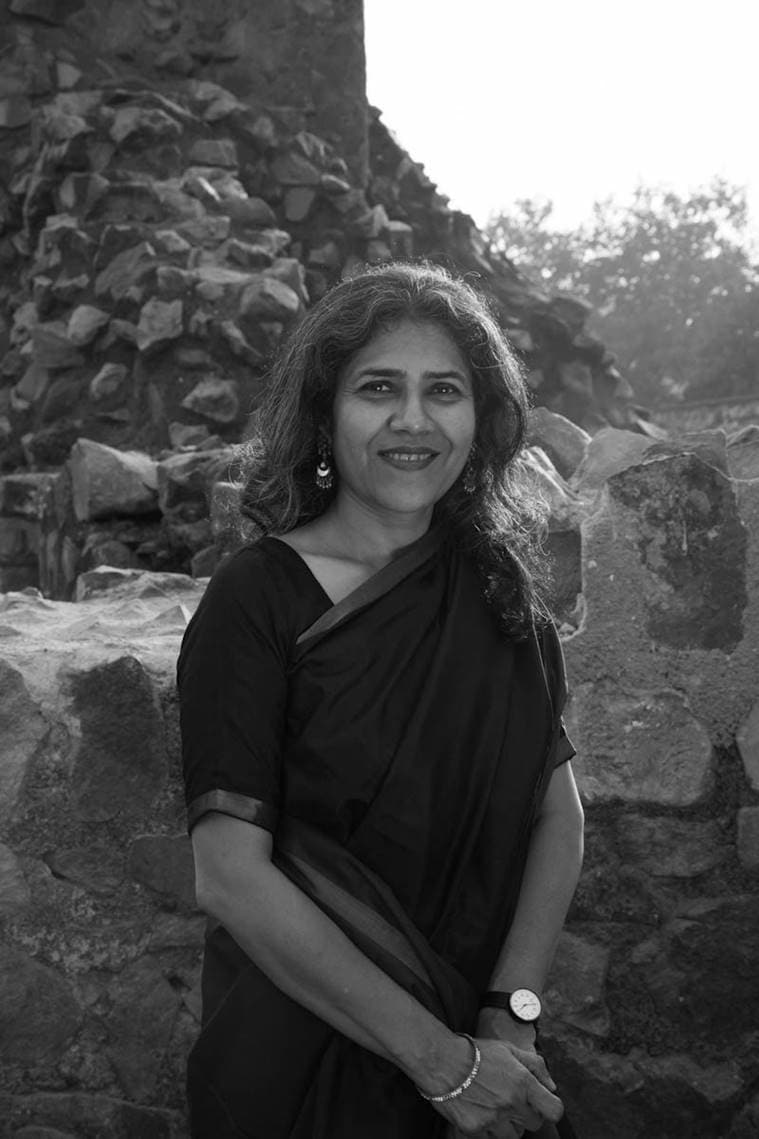 Seema Chishti, author and journalist (Credit: Courtesy HarperCollins)
Seema Chishti, author and journalist (Credit: Courtesy HarperCollins)
A certain amount of sepia-tinted nostalgia is unavoidable. But Chishti’s introduction, on the need to read the book in its politically-charged context, and Vir Sanghvi’s afterword, in which he highlights the essential pluralism of food by taking a hammer to certain myths (khichdi is Hindu, biryani is Muslim), make it clear that this is no mere exercise in sentimentality. Sumitra and Anees is, in its own gentle way, a book that makes a strong case for a more inclusive idea of India than is being pushed on us today.
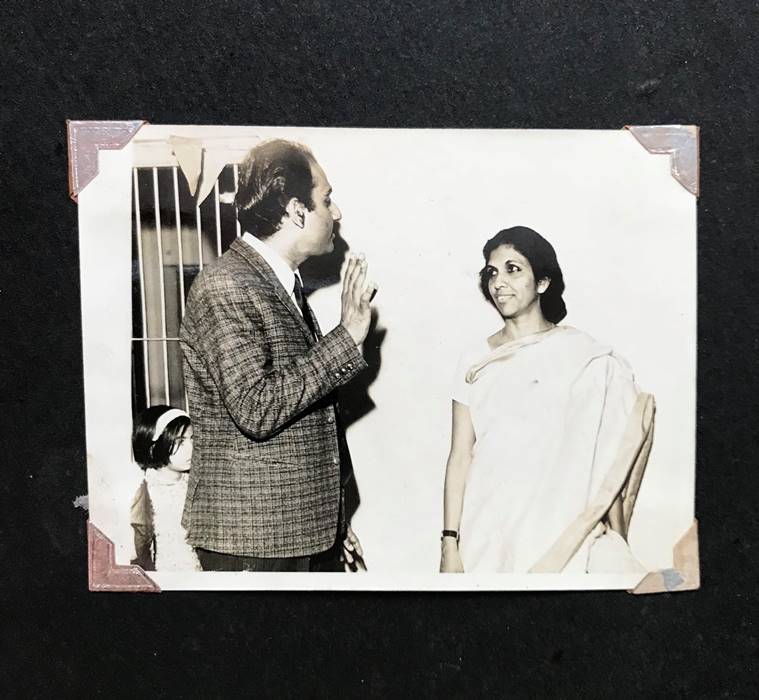 Anees and Sumitra Chishti (Credit: Courtesy HarperCollins)
Anees and Sumitra Chishti (Credit: Courtesy HarperCollins)
© The Indian Express Pvt Ltd


